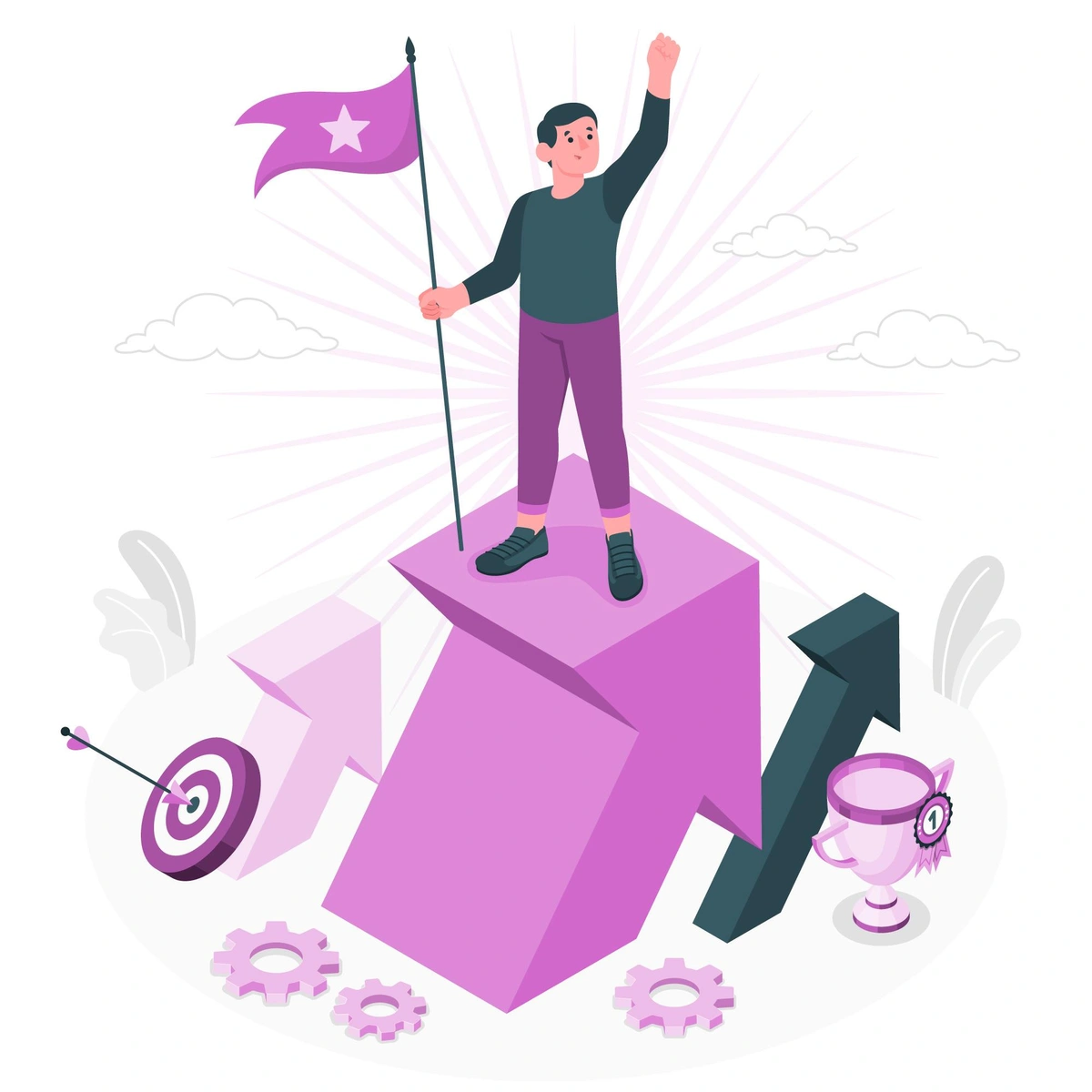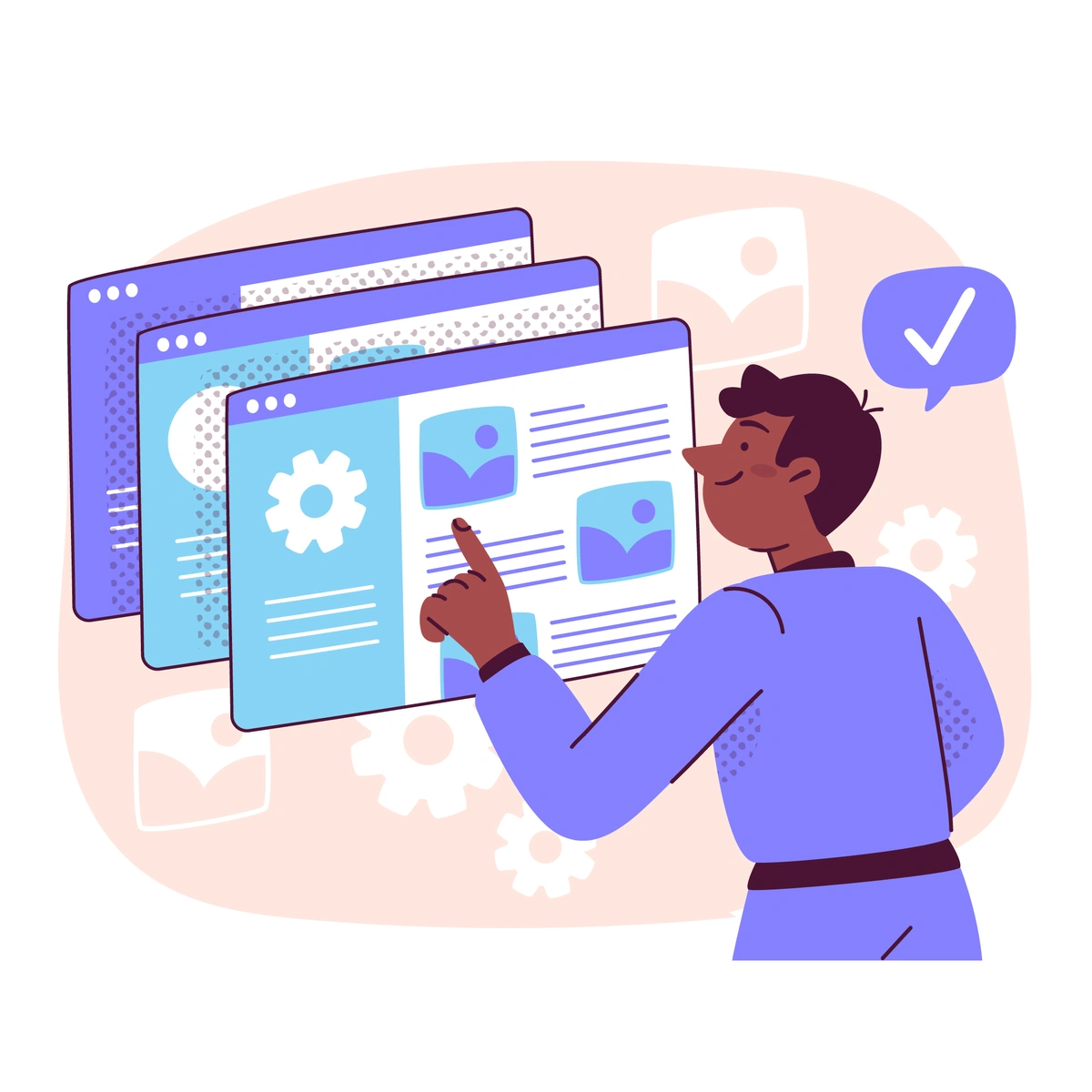Atlassian Apps
by AppsDelivered Blogs
2023-11-17
In the ever-evolving landscape of modern businesses, the importance of a well-structured onboarding process cannot be overstated. It's the first chapter in an employee's journey, setting the stage for their integration, engagement, and future success within the company. In this context, Jira, a leading project management tool, emerges as a powerful ally. With its smart issue templates, Jira transforms the traditional onboarding process into a streamlined, efficient, and customizable experience.
But why is this transformation crucial? The answer lies in the first impressions and foundational experiences that a new hire encounters. A smooth and comprehensive onboarding process not only equips new employees with the necessary tools and information but also instills a sense of belonging and purpose. This is particularly vital in today's fast-paced work environment where employees are expected to hit the ground running. A disjointed or inadequate onboarding experience can lead to confusion, lack of engagement, and ultimately, a longer ramp-up time to peak productivity.
With Jira's customizable templates, organizations can now tailor the onboarding process to fit the unique needs of different roles and departments. This level of customization ensures that each new hire's introduction to the company is relevant, thorough, and aligned with their specific role's requirements. From setting up their workstations and accessing necessary software to understanding company culture and meeting their new team, Jira's templates can cover every aspect of the onboarding journey.
Onboarding is more than just a series of introductory meetings and paperwork; it's a critical process that sets the tone for an employee's entire journey with your organization. The quality of the onboarding experience can significantly influence a new hire's perception of the company, their role, and their future within the organization. A positive and thorough onboarding process leads to increased job satisfaction, higher engagement levels, and a deeper commitment to the company's goals.
The initial days and weeks of employment are crucial for building a strong foundation. A well-structured onboarding process ensures that new employees feel welcomed, valued, and prepared. This stage is not only about imparting necessary information but also about establishing connections with colleagues and understanding the company culture. Effective onboarding can accelerate the learning curve, enabling new hires to contribute more quickly and confidently.
The effects of a good onboarding process extend far beyond the first few months. Employees who experience a comprehensive onboarding program are likely to have a deeper understanding of their role and how it aligns with the company's objectives. This clarity fosters job satisfaction and can lead to higher retention rates. Moreover, a structured onboarding process can serve as a building block for continuous learning and professional development.
Jira's flexibility and customization capabilities make it an ideal tool for managing onboarding processes. By creating smart issue templates tailored to different roles and departments, Jira helps streamline the myriad tasks and activities involved in welcoming new team members.
Every role has its unique requirements and challenges. Jira allows you to create customized workflows that cater to these specific needs. For instance, a developer might require a different set of tools and introductions compared to a salesperson. Jira's templates can be designed to include role-specific tasks, resources, and timelines, ensuring a relevant and efficient onboarding experience for each new hire.
Onboarding is a collaborative effort involving multiple departments, from HR to IT to the direct team. Jira's platform facilitates this collaboration by providing visibility into the onboarding process for all relevant stakeholders. Team leads can track the progress of assigned tasks, HR can monitor overall onboarding completion, and new hires can easily see their next steps, fostering a cohesive and transparent onboarding journey.
A key to a successful onboarding process is having a structured approach that is easy to follow for both the HR team and the new employee. Jira's issue templates offer a customizable solution to create an onboarding process that is both efficient and comprehensive. Here's how to build an effective onboarding template in Jira:
Start by identifying the essential tasks that form the core of your onboarding process. These may include administrative procedures, initial training sessions, team introductions, and access to necessary tools and resources. These tasks form the backbone of your onboarding template.
Not all roles require the same onboarding experience. Customize your templates to cater to the specific needs of different roles within your organization. For example, technical roles may need more focus on software and tool access, while customer-facing roles may emphasize training on product knowledge and customer service protocols.
Checklists are a great way to ensure that no important step is missed during the onboarding process. Jira allows you to incorporate interactive checklists into your templates, making it easy for new hires to track their progress and for managers to monitor completion.
Leverage Jira’s automation features to streamline the onboarding process. Automate task assignments based on role or department, set up reminders for key deadlines, and automate notifications to keep everyone on track.
To maximize efficiency, integrate Jira with other tools and systems used in your onboarding process. This could include your HR management system, learning management system, or communication tools. Integrations help reduce manual data entry and ensure a smoother flow of information across platforms.
Ensure that each task within the template is accompanied by clear instructions and links to necessary resources. This clarity helps new hires navigate their onboarding with confidence and reduces the need for repeated clarification from HR or managers.
Onboarding processes should evolve with the organization. Regularly review and update your Jira templates to reflect changes in company policies, role requirements, or feedback from previous onboarding experiences.
While Jira offers a robust platform for managing onboarding processes, the effectiveness of these processes depends on how well the templates are designed and utilized. Here are some tips and best practices to ensure that your onboarding templates in Jira are as effective as they can be.
Beyond the technical aspects of a role, it's important to integrate elements of company culture into your onboarding templates. Include tasks or information modules that introduce new hires to the company's values, traditions, and social aspects. This helps in building a stronger emotional and cultural connection with the organization.
Consider creating learning paths within Jira that adapt to the pace and style of the new hire. Some employees may progress faster than others, and having the flexibility to adapt the onboarding path can enhance their experience and efficacy.
Incorporate mechanisms for collecting feedback from new hires throughout the onboarding process. This could be through scheduled check-ins, anonymous surveys, or direct conversations. Use this feedback to continually refine and improve your onboarding templates.
Utilize Jira’s reporting and analytics features to track the effectiveness of your onboarding process. Look for patterns in task completion rates, feedback scores, and other relevant metrics to identify areas for improvement.
Onboarding doesn't have to be a one-way flow of information. Add interactive elements such as quizzes, discussions, or collaborative tasks to make the process more engaging. This can also facilitate better retention of information and a sense of involvement.
Include tasks or steps in your onboarding template that encourage new hires to connect with their colleagues, mentors, or buddies. Building these relationships early on can greatly enhance a new employee’s sense of belonging and support.
Regularly audit your onboarding templates to ensure they are up-to-date with the latest legal requirements and company policies. This is crucial for maintaining compliance and avoiding potential issues.
While customization is key, it's also important to maintain a certain level of consistency in onboarding experiences across different departments. This helps in creating a unified understanding of the company and its expectations.
The journey of an employee in an organization begins with onboarding, and setting the right tone during this phase is crucial for long-term success and engagement. Jira's smart issue templates offer an innovative solution to the traditional challenges of onboarding. By harnessing the power of these templates, organizations can create an onboarding experience that is not just efficient and streamlined, but also personalized, engaging, and aligned with the company's culture and values.
In this digital age, where the workforce is increasingly diverse and the pace of change is rapid, the flexibility and customization that Jira provides are invaluable. A well-crafted onboarding process using Jira can lead to higher employee satisfaction, quicker time to productivity, and ultimately, a stronger, more cohesive team dynamic.
As we have explored, the key to successful onboarding in Jira lies in understanding the unique needs of your organization and its new hires, and continuously adapting and improving your approach based on feedback and evolving best practices. By doing so, you can transform the onboarding process from a routine procedure into a strategic asset that enhances the employee experience and contributes to the overall success of your organization.
In closing, the journey of enhancing your onboarding process with Jira is an ongoing one. It requires commitment, creativity, and a willingness to adapt. But the rewards - a more engaged, prepared, and connected workforce - are well worth the effort. Embrace the power of Jira, and take the first step towards a more effective and enjoyable onboarding experience for your new team members.

Learn how to streamline your sprin...
29 August 2024

Learn how to streamline your sprin...
6 August 2024

Learn how to establish a robust Ve...
23 July 2024